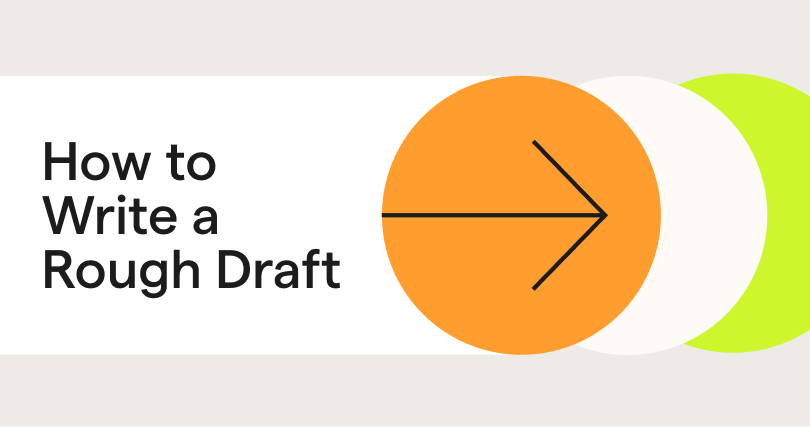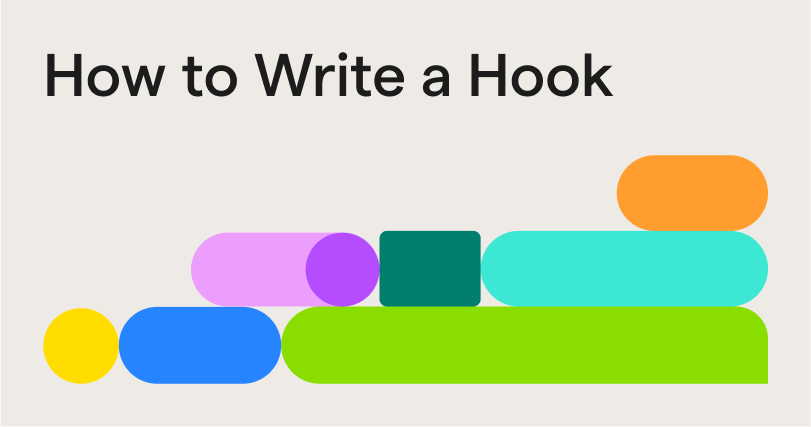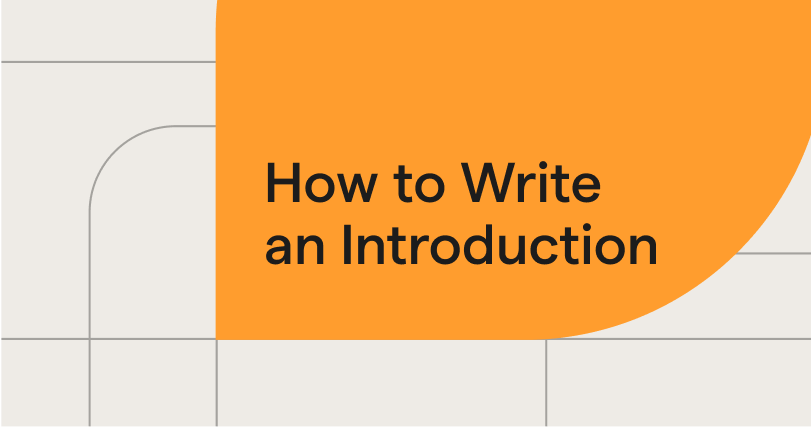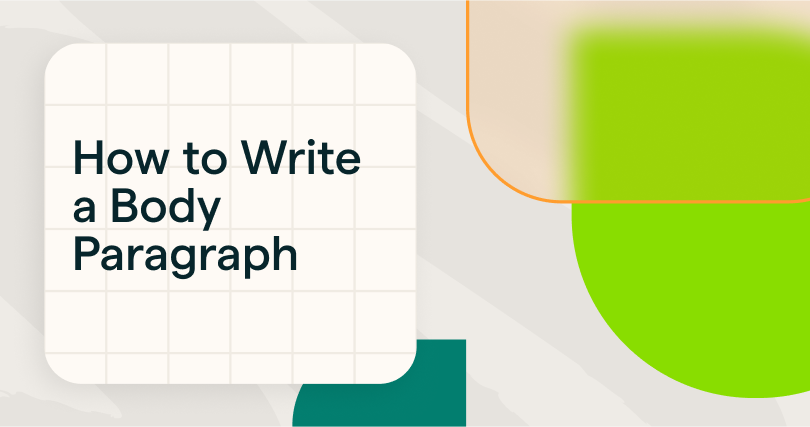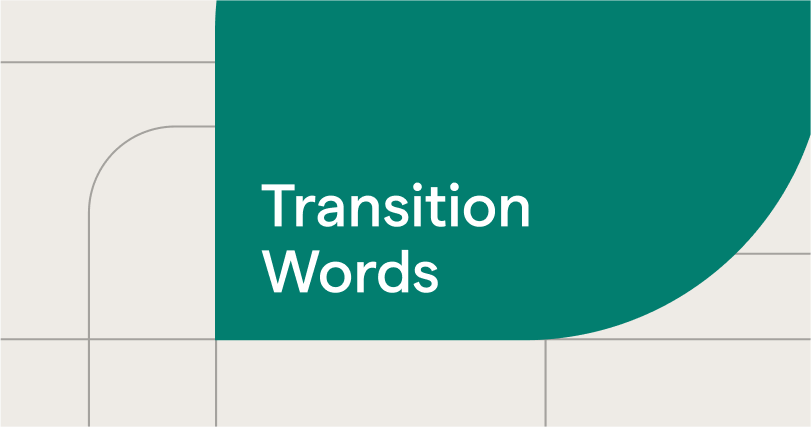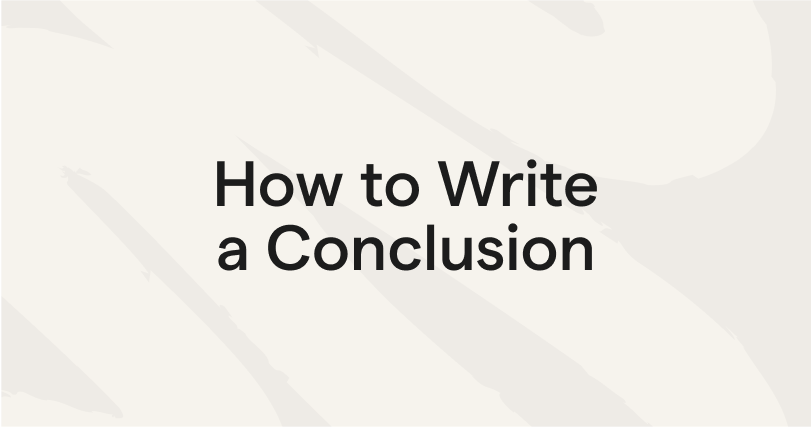What is a rough draft?
Tips to start writing
A rough draft is the first written version of a piece of writing with full sentences and paragraphs. Writing a rough draft can be challenging, even with a solid plan, but the goal is to get your ideas down and refine them later. This guide will help you overcome writer’s block and shape your draft into clear, organized writing.
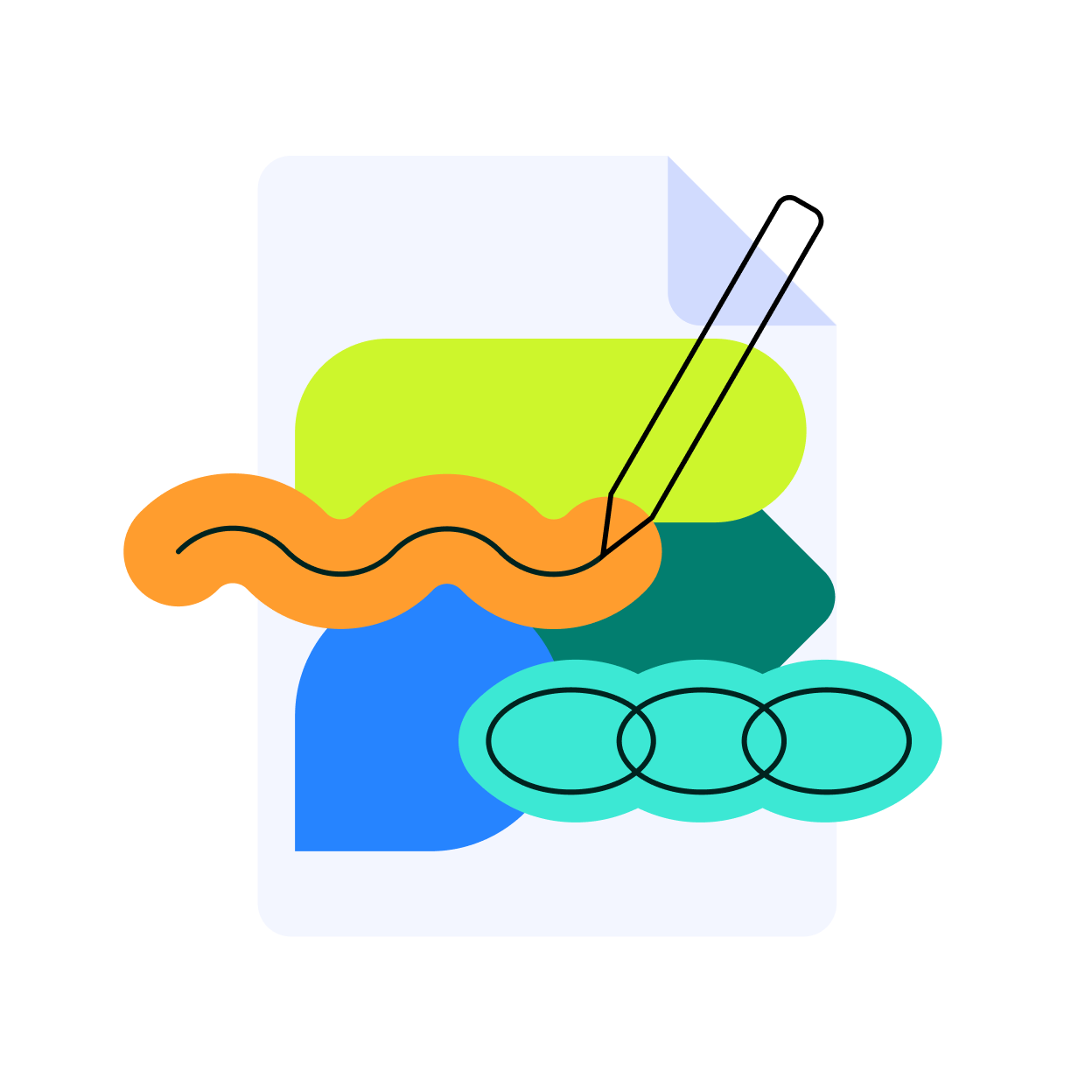
Definition of a rough draft
A rough draft is the initial version of a written piece where you focus on getting ideas down without worrying about perfection in spelling, grammar, or structure.
Rough drafts allow you to explore thoughts and develop your core message freely. Paragraphs may be loose, and some parts may be unclear, but that’s OK; it’s a starting point for you to refine. Writers use rough drafts to experiment with tone and structure, making room for creativity and growth in the final version.
Need help getting started with your rough draft? Try Grammarly’s free rough draft generator. It can turn your notes or ideas into an outline draft. Treat this as a starting point. Develop and refine the draft with your own insights and judgment.
Rough drafts allow you to explore thoughts and develop your core message freely. Paragraphs may be loose, and some parts may be unclear, but that’s OK; it’s a starting point for you to refine. Writers use rough drafts to experiment with tone and structure, making room for creativity and growth in the final version.
Need help getting started with your rough draft? Try Grammarly’s free rough draft generator. It can turn your notes or ideas into an outline draft. Treat this as a starting point. Develop and refine the draft with your own insights and judgment.
Free AI Rough Draft Generator
Conquer writer’s block with Grammarly’s AI-powered rough draft generator. Generate high-quality drafts in seconds for you to work from.

Access additional features
Download Grammarly to improve your writing and instantly generate emails, documents, and more in your preferred voice.
Benefits of a rough draft
Rough drafts allow you to write what’s in your head without second-guessing yourself. They’re where raw ideas start to take shape, offering insight into what your writing could become.
Here are a few key benefits of rough drafts:
Here are a few key benefits of rough drafts:

Clarify your ideas
Rough drafts allow you to explore the thoughts you captured in your brainstorm or outline before refining them.

Encourage creativity and build momentum
Without the pressure to be perfect, you can explore tone, phrasing, and organization to figure out what works best.

Create a foundation for editing
A rough draft gives you something to react to, making it easier to spot gaps, fix issues, or build on your writing.

Improve your writing skills
Rough drafts help you recognize your writing habits—what comes easily, where you tend to get stuck, and how your ideas take shape. Over time, you’ll learn to write more efficiently and precisely.
Tips for writing an effective rough draft
Writing a rough draft is all about progress, not perfection. Here are some tips to help you get the most out of the rough draft stage:
- Write without editing: Don’t stop to fix grammar, punctuation, or sentence structure. Let your ideas flow naturally; editing comes later. Trying to perfect each sentence too early can interrupt your creative momentum.
- Focus on your message, not the mechanics: Concentrate on what you’re trying to say rather than how you’re saying it. Even if your sentences are clunky or repetitive, the goal is to get your thoughts onto the page first.
- Use placeholders for tricky parts: If you’re stuck on a word, quote, or transition, insert a quick note like “[insert stat here]” or “[rewrite later]” and keep going. This keeps you moving forward without getting derailed.
- Don’t aim for perfection; aim for completion: The purpose of a rough draft is to get a full version of your piece written, no matter how messy it looks. You can’t revise what doesn’t exist, so keep pushing until you reach the end.
- Take breaks and revisit with fresh eyes: Step away from your draft once it’s done. Returning later helps you spot areas that need improvement and makes the revision process more effective.
How to write an effective rough draft
Writing a rough draft may feel intimidating at first, but breaking it into simple, manageable steps can make the process smoother and more effective. Before you start, take time to gather your ideas and organize them into an outline. Check out our brainstorming and outlining guides if you need help.
Here are five simple steps to make your rough draft stage easier:
- Transition from your outline: You don’t have to start with the introduction. Pick the part that feels easiest and dive in. Building momentum early can make the rest of the draft come together more smoothly.
- Write your introduction: Start your intro with a hook to grab attention, followed by a clear thesis statement that outlines your main idea or argument. Don’t stress about making the introduction perfect—you’ll refine it later. Need help writing a thesis statement? Try Grammarly’s free AI thesis statement generator.
- Build your body paragraphs: Use each paragraph to explore a single point related to your thesis. Start with a topic sentence, add supporting details or examples, and aim for clarity. Add fragments or empty sections to come back to later if you get stuck. Need help writing a paragraph? Try Grammarly’s free AI paragraph generator.
- Write your conclusion: Summarize your key points and restate your thesis in a new way. A good conclusion reinforces your message and gives your draft a sense of closure, even if it still needs polishing. Need help writing a conclusion? Try Grammarly’s free AI conclusion generator.
- Push through roadblocks: It’s normal to get stuck while you’re writing. But don’t let that derail your momentum. Use placeholders, set small goals, and resist the urge to edit. These strategies will keep you moving forward. Remember—the goal is a complete draft, not a perfect one.
Writing a rough draft with
Grammarly’s AI
Drafting used to mean wrestling with a blank page, slowly building ideas sentence by sentence. Today, AI writing tools can jump-start that process by generating outlines, starter sentences, or even full drafts based on your input. The benefit? You get past the blank page faster and can spend more time shaping your message.
While AI can make the writing process more efficient, it’s still your job to revise, refine, and make it your own—AI is a starting point, not the finish line. It might miss nuance, include generic phrasing, or reflect surface-level understanding of your topic. The best results come from using AI to generate rough content and then adding your voice and insights.
That’s where Grammarly’s AI comes in—it’s built to support writers through every stage of the writing process, especially the messy middle of drafting. It provides real-time suggestions for clarity, tone, and engagement. And because Grammarly works where you write, you can work on your draft without breaking focus or switching between tools.
Here’s how Grammarly supports your drafting process:
While AI can make the writing process more efficient, it’s still your job to revise, refine, and make it your own—AI is a starting point, not the finish line. It might miss nuance, include generic phrasing, or reflect surface-level understanding of your topic. The best results come from using AI to generate rough content and then adding your voice and insights.
That’s where Grammarly’s AI comes in—it’s built to support writers through every stage of the writing process, especially the messy middle of drafting. It provides real-time suggestions for clarity, tone, and engagement. And because Grammarly works where you write, you can work on your draft without breaking focus or switching between tools.
Here’s how Grammarly supports your drafting process:
Video of Grammarly's AI generating an introductory paragraph
Jump-start your rough draft
Use Grammarly’s AI prompts to turn an idea or outline into a starting draft. Whether you need a hook, paragraph, or full section, Grammarly helps you generate content faster.
Get real-time feedback
Grammarly offers suggestions for clarity and tone in real time, helping you craft sentences without breaking your stride.


Ensure your writing is original
As you write, Grammarly can check for plagiarism, quickly generate citations, and check for correct citation style formatting.
Docs: Your thinking space and writing space, finally in one place
Introducing docs, a new AI writing surface and document editor that offers real-time support at every stage of your writing—from first draft to final delivery.
Learn more about docs
Learn more about docs
A user using Docs to access Grammarly agents
Rough draft resources
Whether you’re looking for a step-by-step guide or specific advice for your introduction, body paragraphs, or conclusion, here’s everything you need to write your rough draft.
Frequently asked questions
How long should a rough draft be?
A rough draft should be roughly the same length as your final piece. It doesn’t have to be exact, but aim to include all the key ideas and structure you’ll build on later. Think of it as a full first version, not a sketch.
How complete should a rough draft be?
It should include all your major points and a basic structure, but perfection isn’t the goal. It’s okay to have gaps, awkward phrasing, or notes like “[add detail here].” A rough draft is a work in progress, not the finished product.
What’s the difference between a rough and a final draft?
A rough draft is your first attempt at organizing your ideas. It’s where you explore your message without worrying about polish. A final draft, on the other hand, is refined, edited for clarity and grammar, and ready to share or submit.
What comes after a rough draft?
After your rough draft, it’s time to revise and proofread. This stage involves improving structure, tightening arguments, and fixing grammar and punctuation. It’s where your writing starts to shine.
Can a rough draft be bullet points?
Yes! If bullet points help you get your ideas down, go for it. They can be a useful way to organize your thoughts before turning them into full paragraphs during revision.
Explore the writing process
Get support for every stage of the writing process. No matter where you are in your journey, Grammarly is your writing partner. Its AI supports you from ideation to final polish, and every step in between.
Brainstorming
Learn strategies for generating ideas and expanding your thinking. Tap into creative brainstorming methods and AI-powered suggestions that spark fresh angles and unexpected connections.
Learn More →
Learn More →

Outlining
Discover how to turn scattered thoughts into a clear, logical outline that sets your draft up for success. Build a solid foundation with advice on which outline type to choose and support from Grammarly’s AI outline generator.
Learn More →
Learn More →

Revising
Explore the art and craft of editing for clarity, effectiveness, and style. Learn simple techniques to sharpen your writing and get dynamic suggestions to improve your impact from Grammarly.
Learn More →
Learn More →
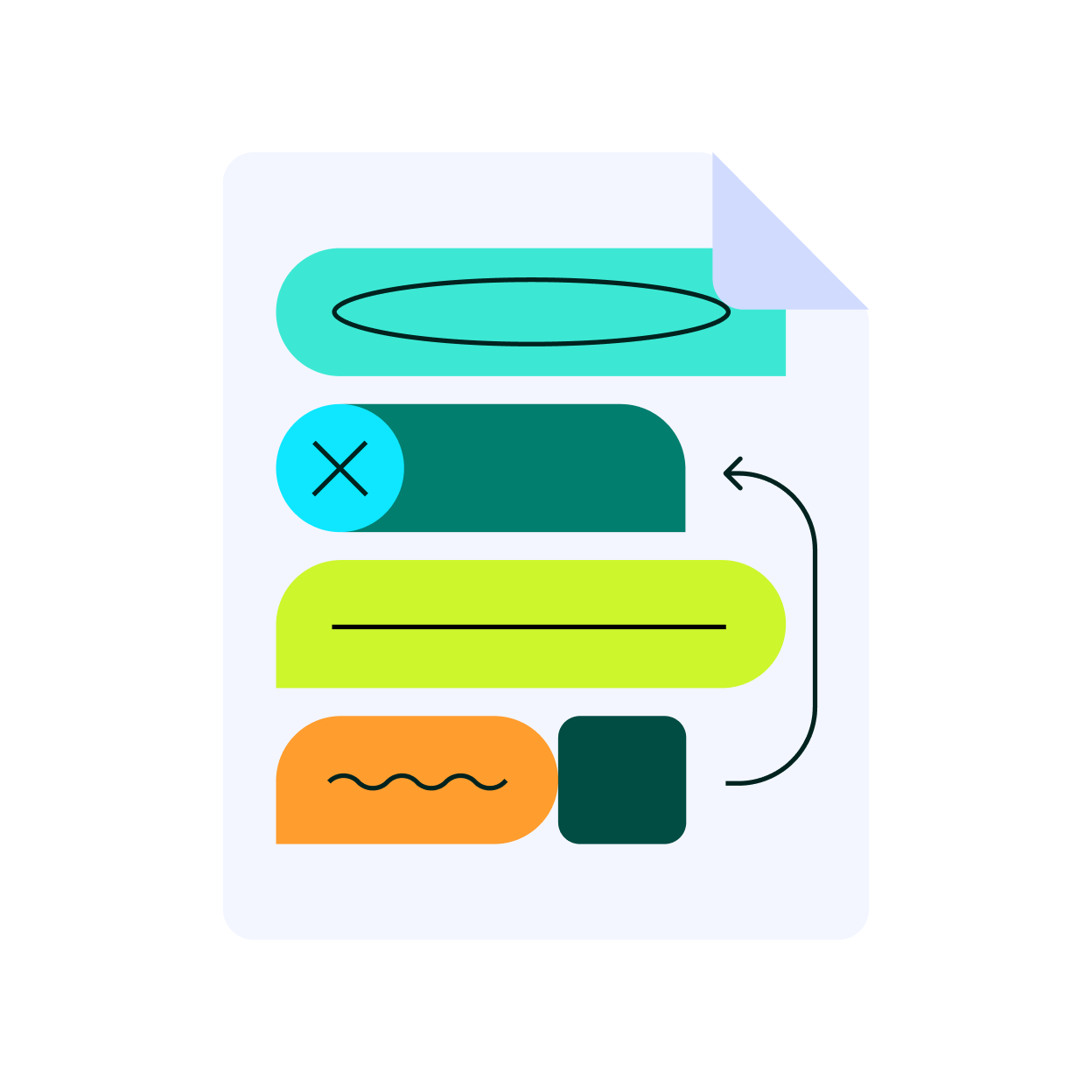
Proofreading
Learn how to proofread your work effectively so your finished product is polished and ready for readers. Build your proofreading skills with step-by-step guides supported by the world’s best AI proofreader.
Learn More →
Learn More →
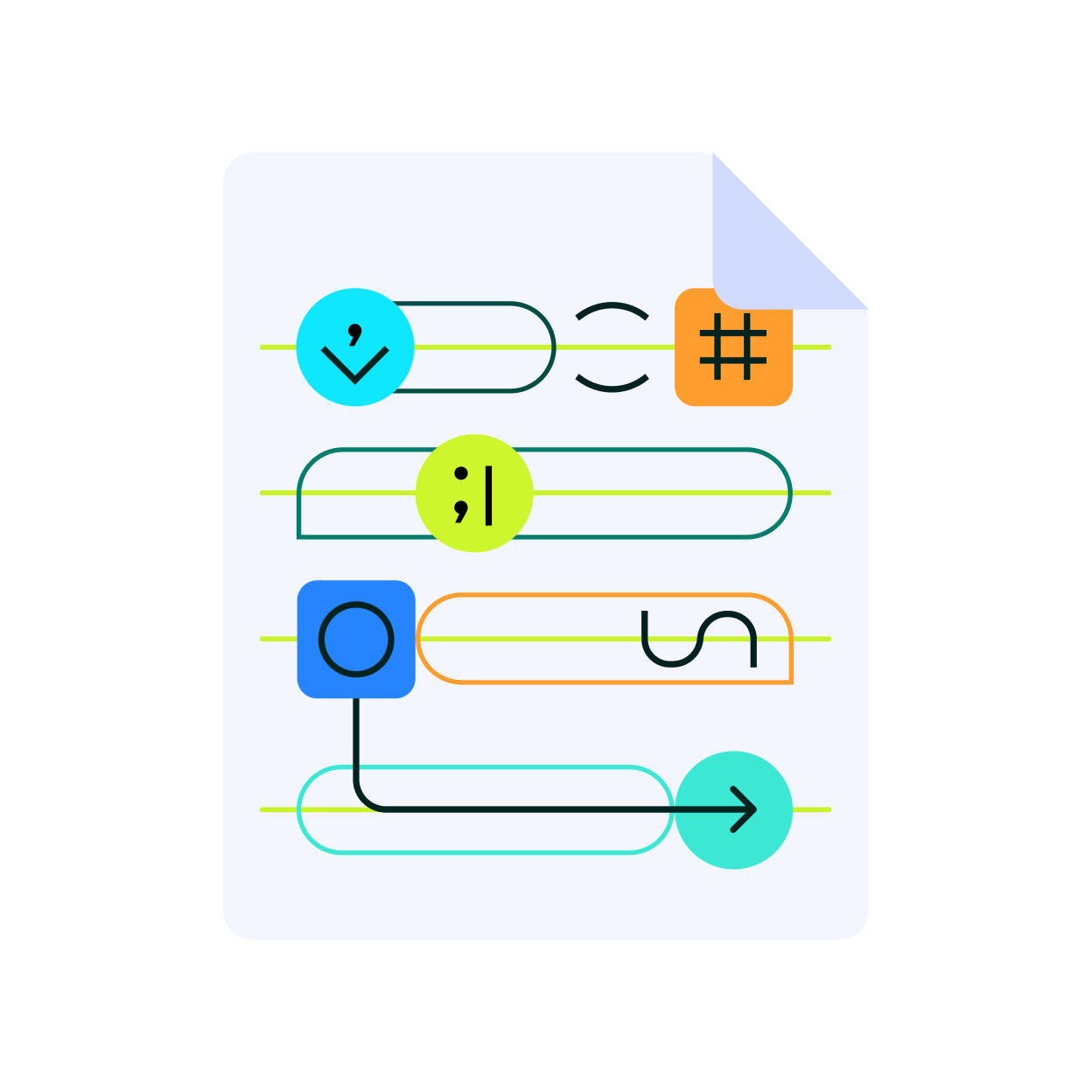
Brainstorming
Learn strategies for generating ideas and expanding your thinking. Tap into creative brainstorming methods and AI-powered suggestions that spark fresh angles and unexpected connections.
Learn More →
Learn More →

Outlining
Discover how to turn scattered thoughts into a clear, logical outline that sets your draft up for success. Build a solid foundation with advice on which outline type to choose and support from Grammarly’s AI outline generator.
Learn More →
Learn More →

Revising
Explore the art and craft of editing for clarity, effectiveness, and style. Learn simple techniques to sharpen your writing and get dynamic suggestions to improve your impact from Grammarly.
Learn More →
Learn More →

Proofreading
Learn how to proofread your work effectively so your finished product is polished and ready for readers. Build your proofreading skills with step-by-step guides supported by the world’s best AI proofreader.
Learn More →
Learn More →

Stay in flow with AI assistance that works where you do
Grammarly works across 1 million+ apps and websites, so you can go from idea to final draft without copying, pasting, or breaking focus.

